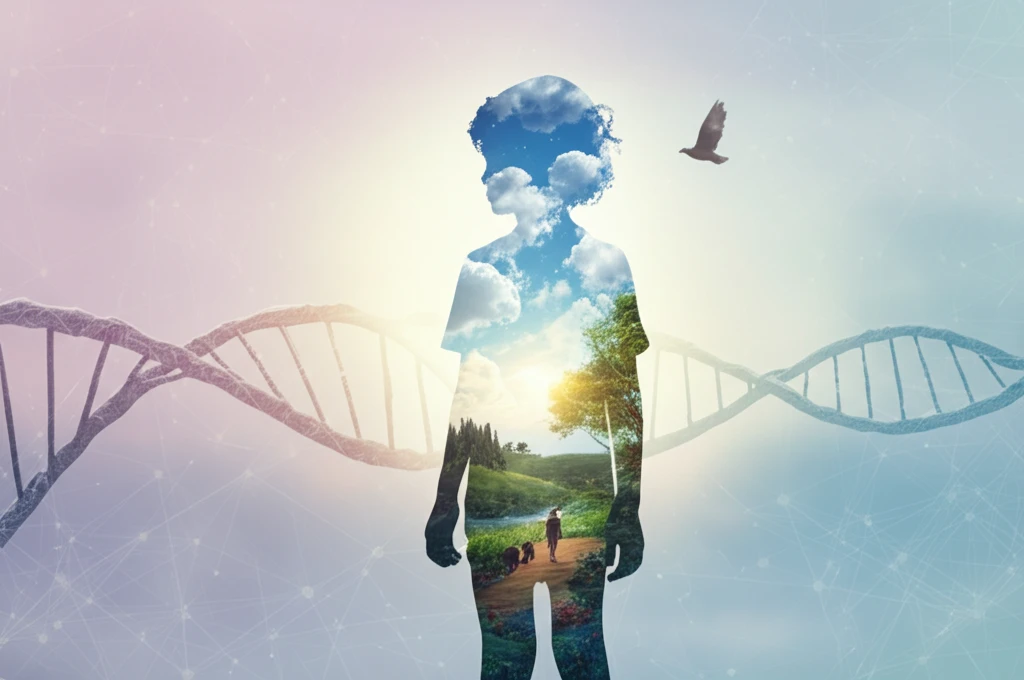
Epigenetics: Decoding How Your Childhood Shapes Your Health
"Unraveling the link between early life experiences and lifelong well-being"
For decades, pediatricians have recognized that a child's environment significantly influences their social development and overall well-being, both in childhood and adulthood. Recent studies suggest that factors like diet, smoking, and stress during pregnancy have predictable effects on the developing fetus, in addition to their postnatal impacts. What's truly groundbreaking is the understanding that these influences can be passed down from one generation to the next.
This transgenerational inheritance has emerged from diverse research avenues, including human epidemiological studies, animal models, and the recognition that certain well-known syndromes involve epigenetic changes in chromatin structure. Even before the human genome was fully mapped, scientists understood that the next frontier was understanding how gene expression is controlled.
Epigenetics, which literally means 'over genetics,' delves into the mechanisms that control how our genes are expressed—in other words, what governs the activity of the DNA that codes for proteins. After sequencing the human genome, it became clear that the protein-coding DNA makes up less than 2% of the total DNA. The remaining majority plays a critical role in controlling the expression of these genes, and is highly conserved across species, underscoring its functional importance.
The Science of Epigenetics: How Life Experiences Alter Gene Expression

In pediatrics, we understand that individuals go through numerous distinct developmental stages, each differing physiologically and functionally. Epigenetics provides a framework for understanding how a single, fixed genome can lead to a spectrum of physiological and phenotypic differences throughout development and aging. Chromatin, the structural component of chromosomes, consists of DNA, various types of histones, and other proteins that interact with DNA.
- DNA Methylation: The addition of methyl groups to DNA, often suppressing gene expression.
- Histone Modification: Changes to histone proteins (around which DNA is wrapped), affecting gene accessibility.
- Non-coding RNAs: Small RNA molecules that regulate gene expression by interfering with mRNA or binding to DNA.
- Chromatin Remodeling: The dynamic modification of chromatin architecture to allow access of condensed genomic DNA to regulatory proteins, and thereby control gene expression.
Why Epigenetics Matters to You
The exciting part is that epigenetic changes are potentially reversible. As we learn more, therapies that reverse the effects of adverse childhood experiences may become available. As a patient, this means understanding your family's history and any significant childhood events could inform more personalized and preventative healthcare strategies. By understanding the influence of early life experiences on gene expression, we can start to develop interventions that promote resilience and well-being throughout life.
